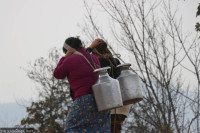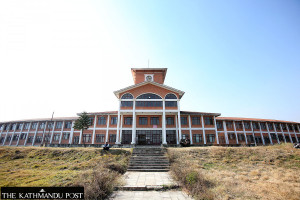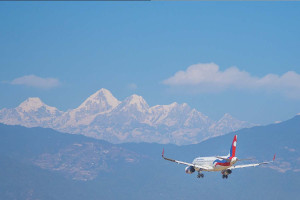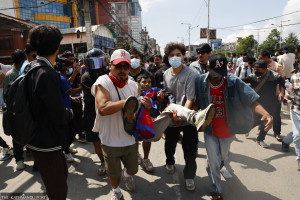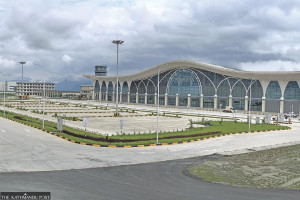Editorial
Mining troubles
Excessive excavation of natural resources affects biodiversity and harms vulnerable communities.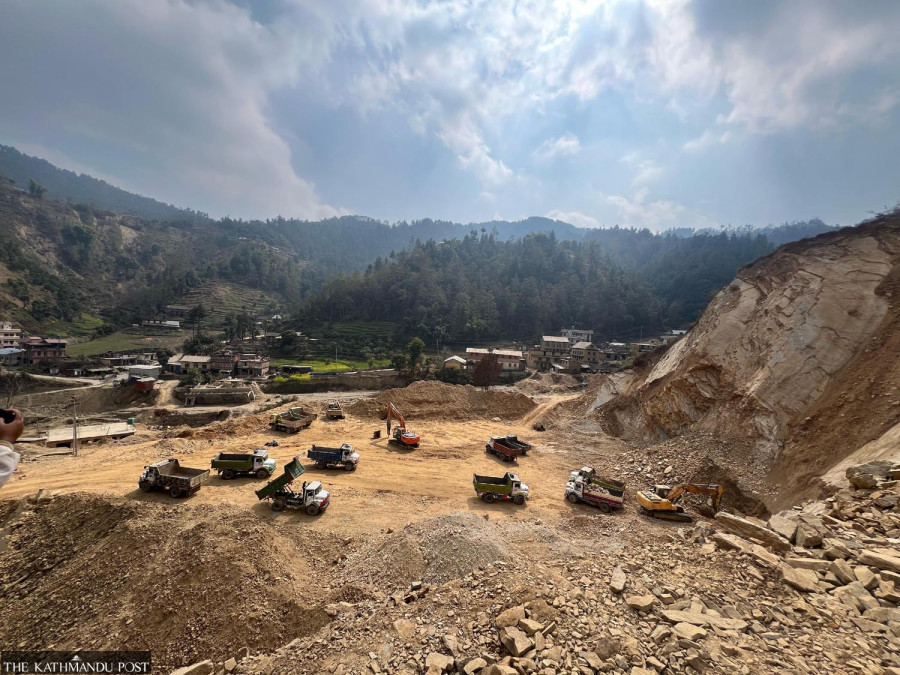
For Kavrepalanchok district, last year’s monsoon was tragic. Not only did it claim the lives of over 75 people, it also destroyed countless houses and property. On January 22 this year, the district monitoring committee held crusher plants operating without permission as well as fragile topography responsible for floods and landslides in the district. However, in Bethanchok Rural Municipality—the worst hit local unit—crushers have appeared again, with three plants currently in operation. Similarly, soon after last year’s incident, of the 11 mines and five crusher plants in the Panauti Municipality of the district, seven mines and five crusher plants have already started functioning. The same is happening in other disaster-affected areas.
These industries have been permitted even though they are not in keeping with mining criteria. A monitoring task force report from two years ago on the riverine and mining industry reported that mining and crusher industries in the district are sub-standard. It also shed light on areas for improvement for crusher operators, and instructed local units to routinely monitor and regulate them by revoking illegal contracts. However, as reported in the Post, local units, rather than following the suggestions, now say that “the mines and crusher plants operating in the municipality are not illegal”. As a result, the pleas of residents who suffer from the harmful effects of stone quarries operating near schools and communities continue to go unheard.
Such inaction, however, is not surprising, as crusher plants have long been established at the behest of political leaders and authorities. This became more apparent when the-then government, in May 2022, introduced amended provisions related to the standards for extraction, sales and management of stones, pebbles and sands. This enabled crusher plants to run closer to forests, human settlements, rivers, highways, religious, cultural and archaeological sites and transmission lines than previously. For instance, in the hill districts, it enforced a 200-metre spacing between crusher facilities and river banks, down from 500 metres before. In the case of large human settlements and forests in the same region, crusher plants could be operated 500 metres away. Before, they needed to be at least two kilometres away. Moreover, in his previous stint as prime minister, KP Sharma Oli administration even introduced a policy to export mine-based stones, pebbles and sand to “minimise trade deficit,” targeting the Chure region.
Even as the Supreme Court ordered that the standards and decision not be implemented, unscrupulous mining activities continue in the region. As evident in Bethanchowk, stone quarries operate too close to schools. These problematic policies and lenient licensing in favour of the crusher industry have emboldened criminal elements. Worse, the local authorities responsible for stopping such misdeeds often own the crusher plants or facilitate the industry.
The devastation unleashed by excavation activities in Kavrepalanchok and other districts of Nepal should be a wake-up call. Many lives and livelihoods are at stake. Excessive excavation of natural resources affects biodiversity and intensifies the impact of climate change on vulnerable communities. Extraction of riverbed materials and other sources shouldn’t be a lucrative business. In order to preserve our fragile communities and ecosystems, those mines that are functioning without following rules must be identified and closed. As vital is holding local officials accountable for their complicity. The question is: Will this government work in the favour of its people or will it, like some of its predecessors, work against public interest and back the crusher mafia?




 16.12°C Kathmandu
16.12°C Kathmandu

